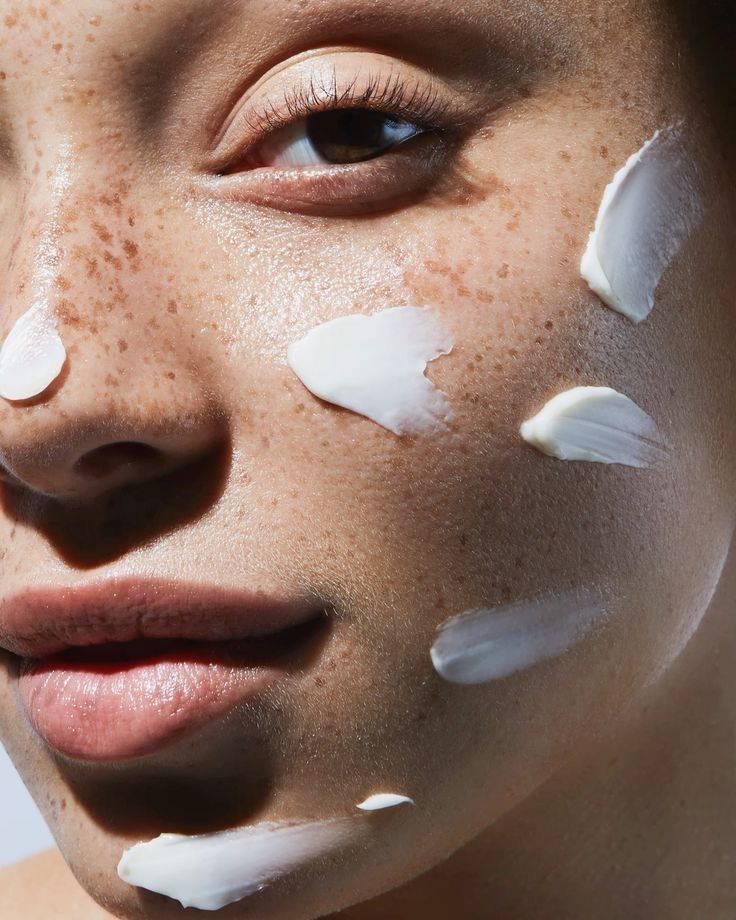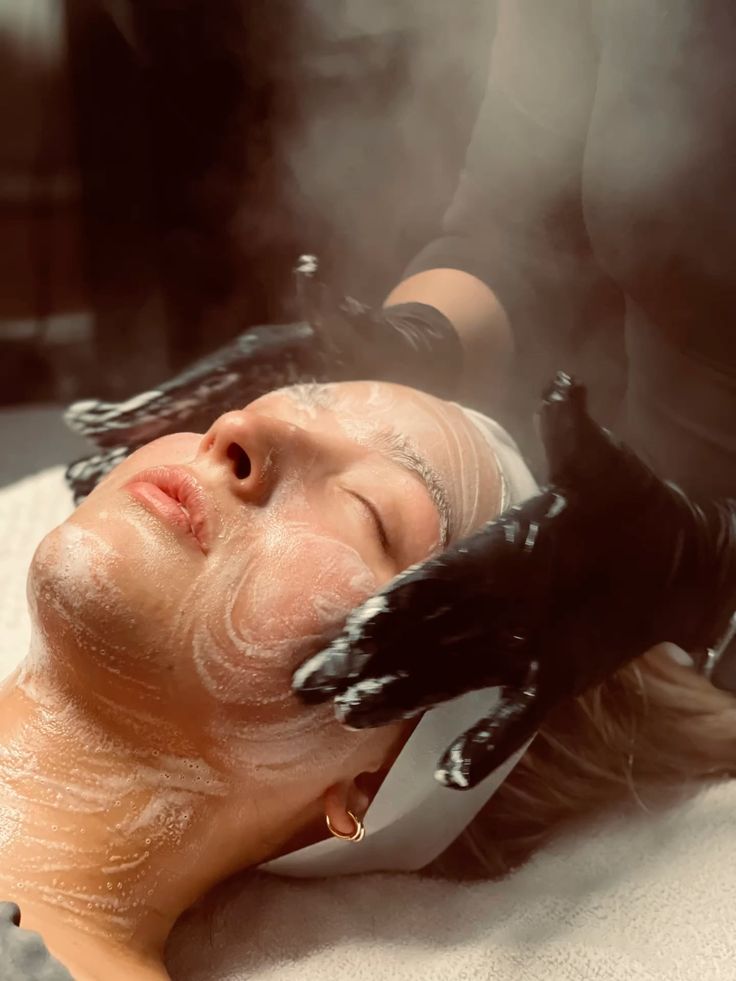Why consider clinical care
Some goals respond best to medical guidance: persistent acne, melasma, significant texture changes, scarring, chronic redness, or growths that need a diagnosis. Good at-home care still matters—clinic treatments are a complement, not a replacement.
Common categories
- Chemical peels: controlled exfoliation for tone/texture. Ranges from light (little downtime) to deeper (peeling and recovery).
- Lasers & energy devices: target redness, pigmentation, texture, or hair. Downtime varies; strict post-care and sun protection are essential.
- Microneedling: mechanical micro-channels to prompt remodeling; sometimes paired with topicals. Multiple sessions; mild downtime.
- Injectables: neuromodulators and fillers for lines/volume—medical decisions with informed consent and realistic goals.
- Prescription topicals/orals: retinoids, antibiotics, anti-androgens, anti-fungals. Monitoring and follow-up are key.
How to decide (with less overwhelm)
- Define the goal: “fewer monthly breakouts,” “less redness,” “smoother acne scars”—be specific.
- Baseline & photos: track 6–8 weeks of home routine before big in-clinic steps; bring photos and a list of products/actives.
- Ask about cadence: how many sessions, spacing, expected maintenance.
- Downtime & timing: work/events/travel; plan around sun-heavy seasons if needed.
- Post-care: gentle cleanse, breathable moisture, rigorous SPF; avoid unapproved actives until cleared.
What “good” expectations look like
- Improvements arrive in weeks to months, often across a series.
- Temporary redness/peeling or purging may happen; your clinician sets the plan.
- Consistency with sunscreen and simple routines protects your investment.
Budgeting and alternatives
If a series isn’t feasible now, ask for a staged plan: which in-clinic step will deliver the most impact for your goal, and what home routine protects results meanwhile.
Safety first
- Choose qualified practitioners; check credentials and before/afters on similar skin tones/concerns.
- Disclose health history, meds, and upcoming trips.
- Patch tests and conservative starts reduce risk.
Educational only; not medical advice. Always seek personalized guidance from a licensed dermatologist.

